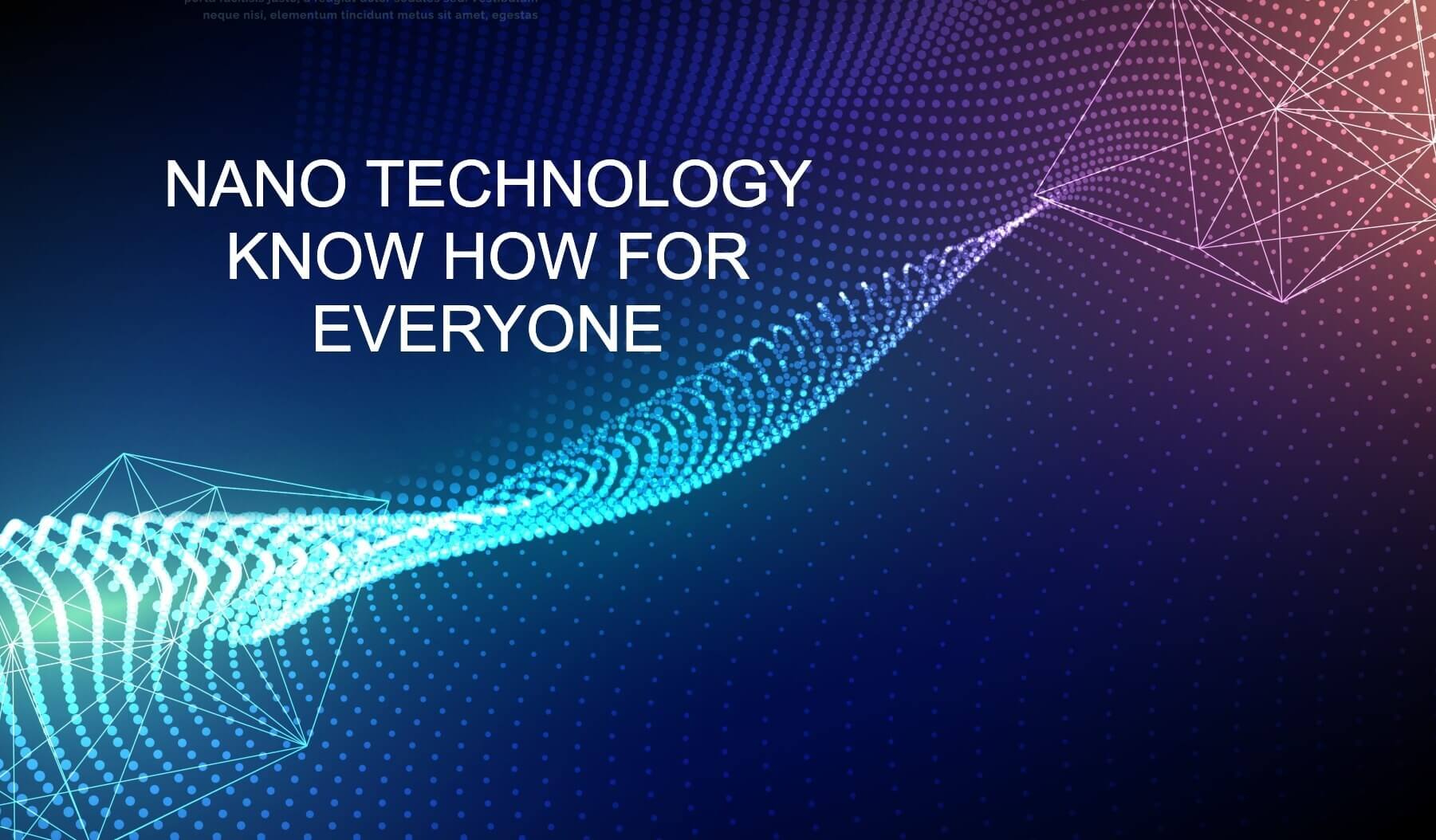Nano Technology: Nano Coatings, Engineering, Application And Main Techniques
Nanocoatings offer significant benefits for applications in the aerospace, defence, medical, marine, and oil industries, and have driven manufacturers to incorporate multi-functional coatings in their product range. In simple terms Nano coating refers to very fine, thin layers of polymeric chemical substances (extremely thin layer of microscopic particles is used to fill up every pore of a material's surface) used to impart specific corrosion resistance, chemical and physical properties to a substrate surface. They can be found in both liquid and solid form and provide characteristics that are favourable, it provides a second, water- and dirt-repellent skin which makes the surface scratch resistant, improve hardness, or make it resistant to bacteria.
NOTE: Conventional coatings have some limitations which can be solved by nanocoatings.
Nano Coating Engineering: Nano coatings consist of material whose nano structured cylinders are grown. A common materials for such nano cylinders Manganese oxide polystyrene nanocomposites, Zinc oxide polystyrene nanocomposites, Precipitated calcium carbonate, Carbon nano-tubes, silica etc.
USEFUL APPLICATIONS AREAS FOR NANO COATINGS
Textile industry: Application of nanotechnology in textile manufacturing has led to the introduction of fabrics with excellent chemical resistance, mechanical strength, water repellency, antibacterial properties, and many other properties.
Automotive & aviation: Ceramic coating and waterproofing is one of the most frequent applications of nanotechnology in automotive. Nanocoatings increase the lifetime of the working material, while reducing the dissipation of energy as heat, thus increasing the efficiency and also play a key role in the performance of internal mechanical components. A ceramic coating for a car, a boat or a plane offers many advantages. Nanocoating keeps the paint and all other surface areas save from dirt, scratches, corrosion, UV-rays and more.
Construction industry: Due to self-assembly effect, it represents remarkable characteristics against environmental agents compared to conventional coating materials in the construction industry. They also show high performance in terms of energy efficiency, CO2 emission, and the air quality improvement. Considering all these benefits today, nonocatings are the most promising high-performance materials for construction applications.
Food and pharma industry: Nanotechnology has found many applications in the food and pharma industry as new tools for pathogen detection, disease treatment delivery systems, food packaging, and delivery of bioactive compounds to target sites. With special antimicrobial coating, nano coating and waterproofing we can address many important issues.
SOME COMMON TYPES AND APPLICATIONS: Anti-corrosive coating, Waterproof and non-stick clothing, Antibacterial coating, Thermal barrier coating, Anti-abrasion coatings, Self-healing coatings, Anti-reflection coatings,Anti-graffiti coatings.
MAIN NANO COATING TECHNIQUES
Sol gel: This technology is being increasingly used for the development of optical sensors and biosensors, due to its simplicity and versatility. Sol-gel material is chemically, photochemically, thermally, and mechanically stable; optically transparent. It can be cast as various forms including monoliths, thin films, fibers, and powders. This allows various configurations of sensing elements for different applications.
Self-assembly: It is a process where atoms, molecules or nanoscale building blocks spontaneously organize into ordered structures or patterns with nanometer features without any human intervention. It is the most promising practical low-cost and high-throughput approach for nanofabrication.
Dip coating: Main advantage of dip coating over other processing techniques is the simplicity of its design. It is low-cost to set up and maintain, and can produce films with extremely high uniformity and a roughness of nanometres. When the process is optimised, dip coating can be used to produce highly uniform films. Importantly, key factors such as film thickness can be easily controlled.
Spin coating: This technique is used to prepare uniform thin films in the thickness range of micrometer to nanometer. The substrate is mounted on a chuck that rotates the sample, and the centrifugal force drives the liquid radially outward. One advantage to spin coating is the uniformity of the film thickness.
Plasma or ion-beam assisted: This novel technique is used for the production of optical coatings. This technique is known to improve the properties of thermally evaporated thin films.
Electrochemical deposition: It is one of the most useful approaches to prepare nanostructured oxygen reduction rate electrocatalysts. Using this method, the structures, shapes and sizes of the electrocatalysts can be controlled on the surface of conducting materials by altering the conditions of electrochemical deposition.
Vapor deposition: This is a chemical process used to produce high-purity, high-performance solid materials. The process is often used in the semiconductor industry to produce thin films. In a typical process, the substrate is exposed to one or more volatile precursors, which react and/or decompose on the substrate surface to produce the desired deposit. Frequently, volatile by-products are also produced, which are removed by gas flow through the reaction chamber.
Pulsed laser deposition: PLD is a thin-film deposition technique using high-energy laser pulses to vaporize the surface of a solid target inside a vacuum chamber and condensing the vapor on a substrate to form a thin film up to a few micrometres in thickness. In the PLD technique a high pulse energy laser beam, preferably the rectangular profile of a short wavelength excimer laser at 248 or 193 nm, is demagnified on the target material which is to be deposited.
Magnetron sputtering: The principle of Sputtering is to use the energy of a plasma (partially ionized gas) on the surface of a target (cathode), to pull the atoms of the material one by one and deposit them on the substrate. Magnetron sputtering is the most widely used method in microelectronics for producing metal layers.
Finally before we conclude let's have a quick look at the benefits of nano coatings which includes:
- Resistance to temperature changes
- Rustproof and hydro proof behaviour
- Ultraviolet (UV) stability and abrasion resistance
- High durability and high corrosion resistance
- Non-toxic, highly flexible and breathable
- Easy to clean

